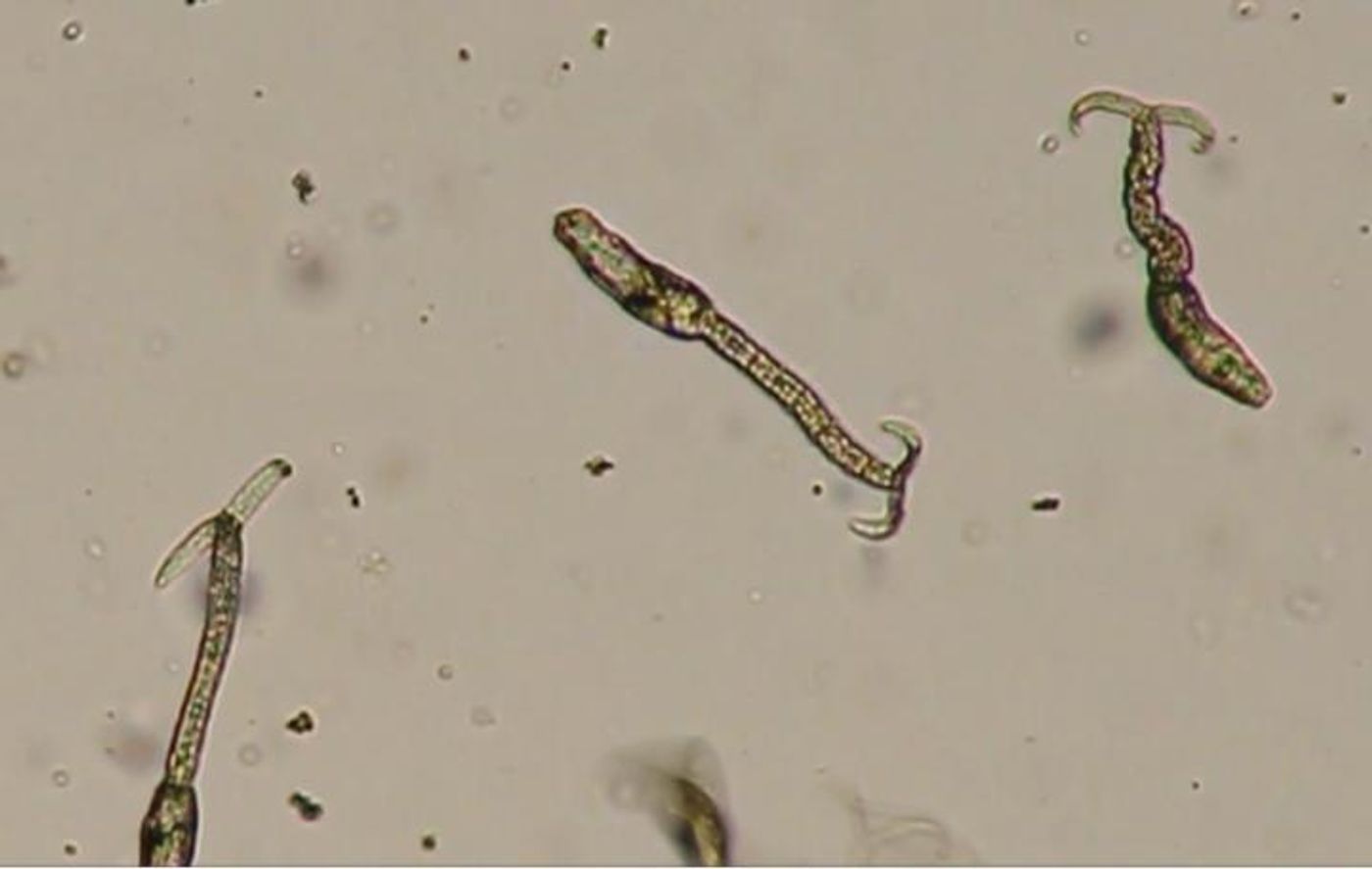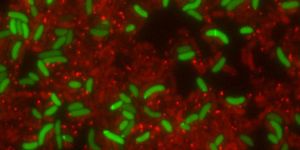Heat shock proteins are known to help the body respond to stress, but new research appears to implicate one of them, Hsp70, in the pathogenicity of Schistosoma larvae. When those larvae penetrate the skin, they grow into parasitic flatworms, resulting in schistosomiasis. Schistosomiasis is relatively rare in the United States but the World Health Organization states that reports indicate that around 62 million people were treated for the disease in 2014 alone. Learn more about this disease by watching the short video below by the Natural History Museum of London.
More in depth understanding of the disease is necessary in order to develop better prevention or a cure, rather than just treatments. The discovery, made by scientists at Case Western Reserve University and
published in the online journal PLOS Neglected Tropical Diseases, is a step in that direction. It could also be a clue as to the mechanisms of other parasitic infections. The Hsp70 protein is a common one in many organisms.
"Normally, heat shock proteins play roles in individual cells to modulate proteins," explained study co-author Emmitt Jolly, an Associate Professor of Biology at Case Western Reserve. "It's the first time that we know of that it's been shown Hsp70 can modulate the behavior of an entire organism. Not only that, it modulates its activity in terms of invading a host."
The investigators observed a high amount of a transcription factor, Hsf1, in an unusual area, the glands used by the parasite to secrete enzymes that aid penetration of the skin for host invasion. Transcription factors activate genes in the nucleus of a cell, so the researchers wondered what purpose it served in those glands, which have no nucleus and thus no genes to activate. A target of Hsf1 is Hsp70, so the scientists blocked it at one stage of the life cycle.
In a surprise to the researchers, who expected the organisms to die, they saw a change in the behavior of the microbes. After treating the flatworms with a drug that affects Hsp70, they observed the microbe-initiating invasion, in the absence of the normal triggers.
Jolly, along with PhD student Kenji Ishida, is working to characterize the life cycle of the schistosoma parasite, which has a very complex life cycle. The disease is a big problem in areas without access to clean and safe sources of drinking water, and is responsible for the deaths of around 280,000 people a year.
The drug praziquantil is currently the primary form of therapy. "Praziquantil has been used for decades, and there's concern for the development of resistance," Ishida said. "Identifying new targets for new drug development is important to the infectious disease community."
"If we can understand what's going on inside, that would open up a world of possibilities for drug targets," Jolly said. "This research is a step toward that."
If you'd like to know more about heat shock proteins, check out the video below from Shomu's Biology.
Sources:
AAAS/Eurekalert!,
WHO,
PLOS Neglected Tropical Diseases










